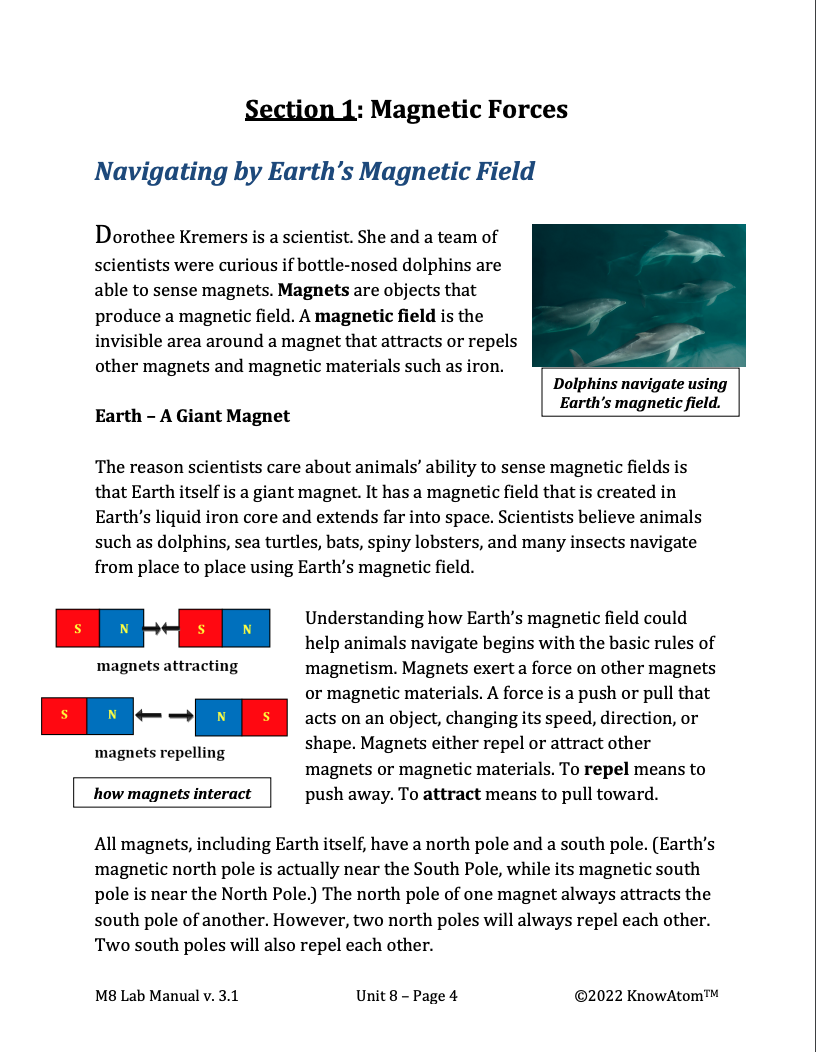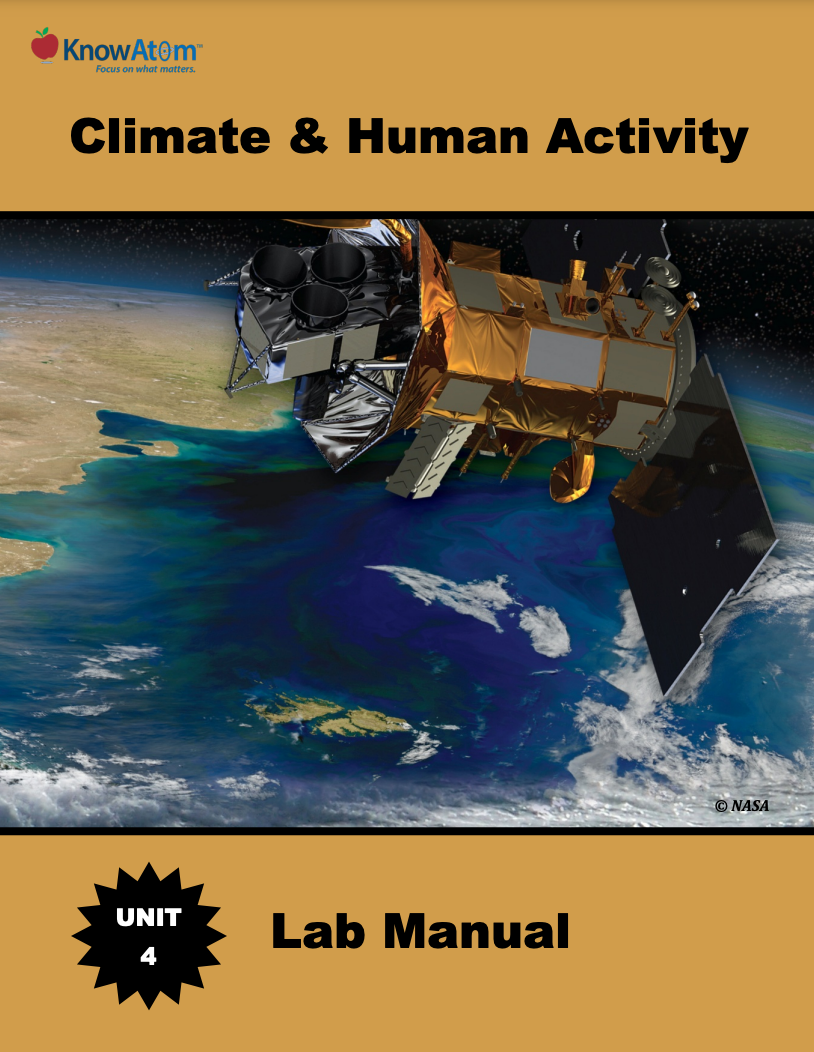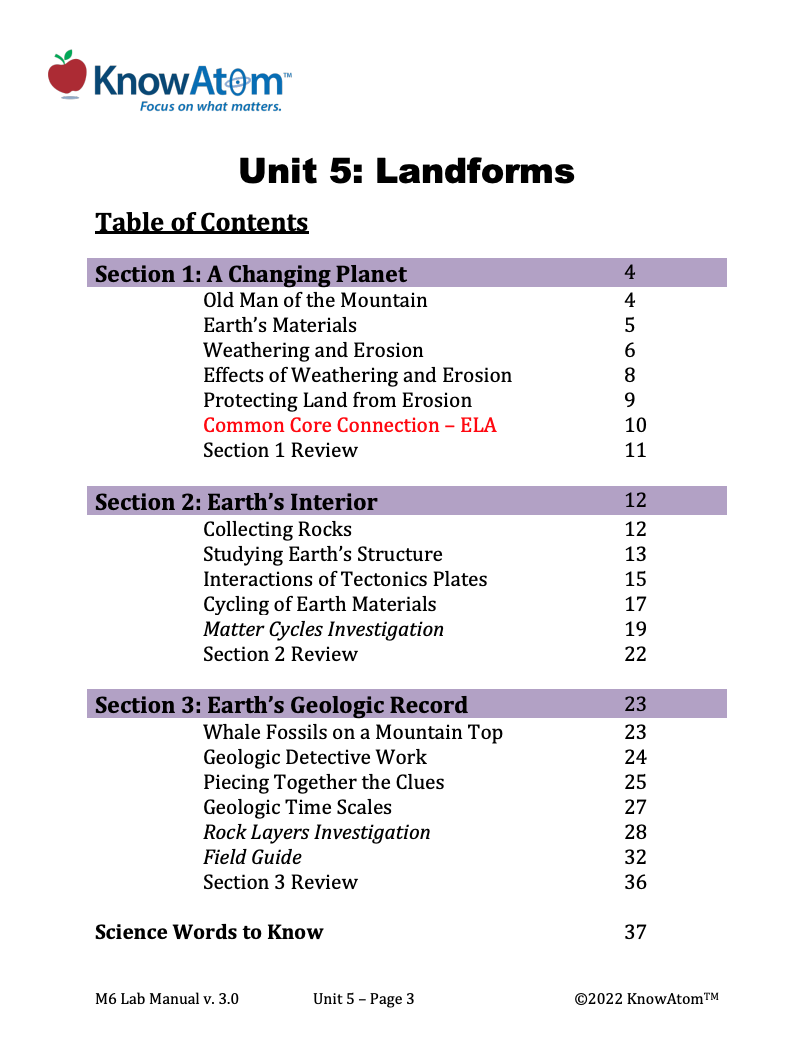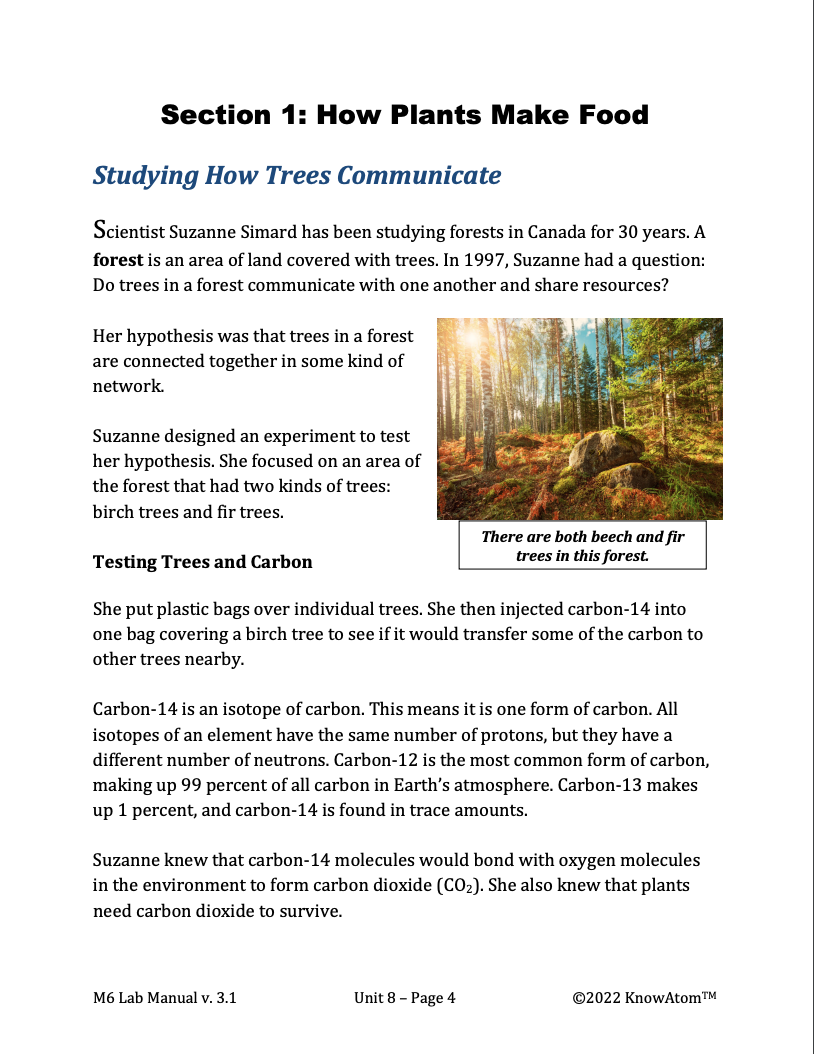.png)
In this unit, students explore the relationship between the phenomena of forces and motion and how energy is converted from one form to another in an energy system. In this lesson, students design a vehicle that can travel over a surface on a cushion of air. This page highlights key parts of this lesson.

In this unit, students are introduced to the phenomena of magnetic and electric fields as they explore how objects can interact with other objects without coming into contact with them. For this lesson, students apply scientific concepts to engineer wind turbines that use a generator to produce electricity. This page provides an overview of this lesson.
.png)
In this unit, students focus on the properties of different kinds of waves and the relationship between waves and energy. In this lesson, students design a simple seismograph using what they know about the properties of seismic waves produced by earthquakes. This page is a high-level extract of this lesson.

In this unit, students build on their scientific knowledge about matter, energy, and heat transfer to explore the phenomena of weather and climate. They investigate how the sun powers the global water cycle, which in turn has very local impacts that affect the phenomena of regional climates around the world. They then use that knowledge to figure out and design a technology that solves the problem of drought-related water shortages.

In this unit, students focus on the processes that cycle Earth materials, connecting the movement of water in the water cycle and wind with changes to Earth’s surface through weathering and erosion. In this lesson, students explore the science phenomena of how convection in Earth’s mantle causes the tectonic plates to move, creating many of Earth’s landforms. This page showcases key components of this lesson.

In this unit, students explore forest ecosystem phenomena, investigating the science phenomena of interactions between living things and the environment. In this lesson students discover the phenomena of tree rings and analyze how resource availability affects the ability of different organisms and populations to grow. This page is a high-level extract of this lesson.
Standards citation: NGSS Lead States. 2013. Next Generation Science Standards: For States, By States. Washington, DC: The National Academies Press. Neither WestEd nor the lead states and partners that developed the Next Generation Science Standards were involved in the production of this product, and do not endorse it.
